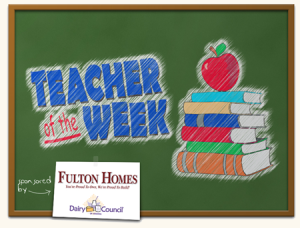
Whether you homeschool your children or they attend school outside the home, creating an organized and inspirational place for them to do homework has a ton of benefits for everyone! The space needs to be a place in the home that promotes creativity, critical thinking, and makes it fun to learn! We have listed some easy tips below for creating the ultimate school workroom at home. Let’s take a look!
Seek the Perfect Spot
If you are like most of us, your space may be limited, so organization and using the proper furniture is critical in the overall design of the room. If your home has a basement or upstairs play area, then you have the perfect spot! Seek out locations for this learning area by looking at unused space in your home. It could even be as small as a corner in your dining room.
Make the Space Fun
You can add pops of color with floor pillows in red, blue, green, or yellow. If anyone suffers from respiratory ailments, eliminating carpet is a step in the right direction. Also, depending on your child’s age, you can use colorful geometrical area rugs, or tiled puzzled mats made out of rubber/silicone. Keep in mind standing on a hard surface can be hard on your back and legs. Rubber padded mats and rugs are an excellent option for eliminating aches and pains.
Install Shelving
In just about any case, you will need to maximize space for storage by going up by installing vertical shelving. Luckily, you can purchase inexpensive shelving from big box stores, online retailers, yard/garage sales, and second hand/nonprofit charity stores. If you are buying used shelving, you can easily paint them by using spray paint or rolling on paint with a small roller. If the surface is a laminate surface, we recommend taking a fine to medium sandpaper and hitting the surface to ensure the paint adheres to the surface. Priming before painting is also recommended.
Add Your Personal Touch
If you have the room, create a space for a reading nook and quiet time depending on the children’s age. Also, you can purchase an inexpensive water feature for relaxing and enhancing their creativity! The options are truly endless when it comes to adding your own personal touch to the space.
We hope you enjoyed these tips and have fun creating this special place for your children, and by all means, please let us know your creative ideas for the project below in the comment section!




